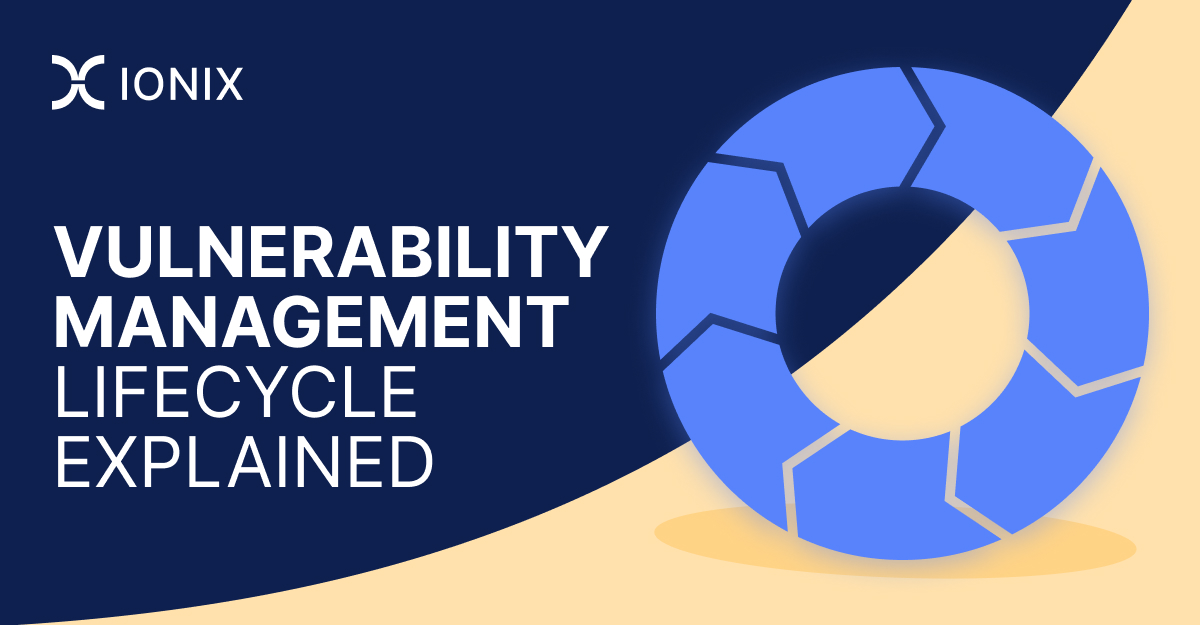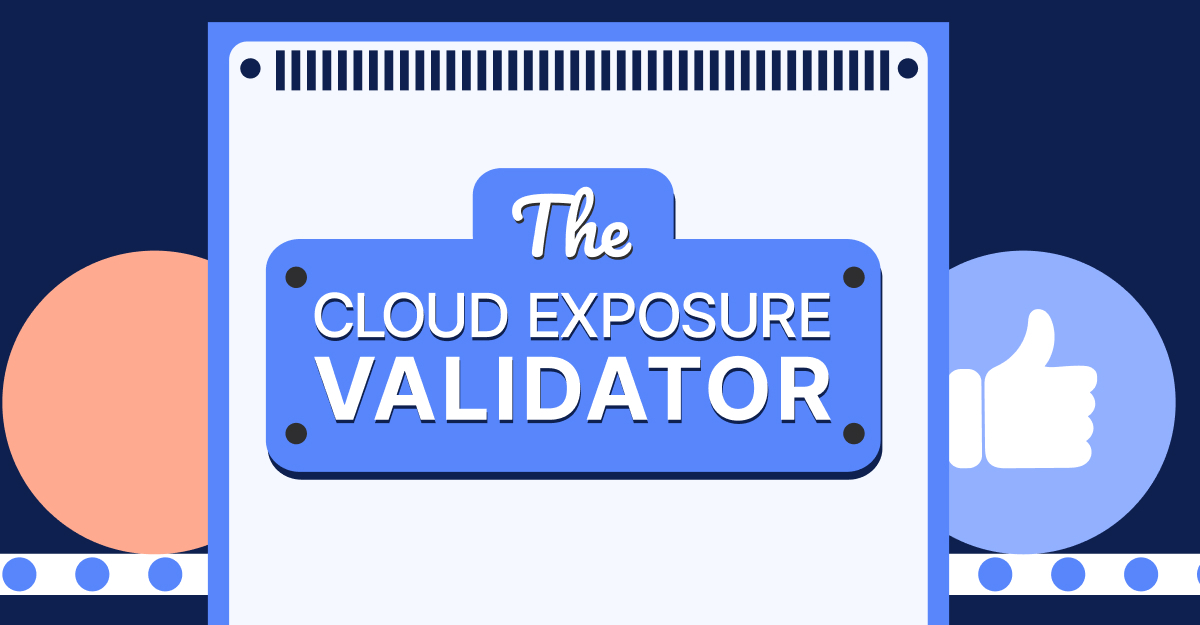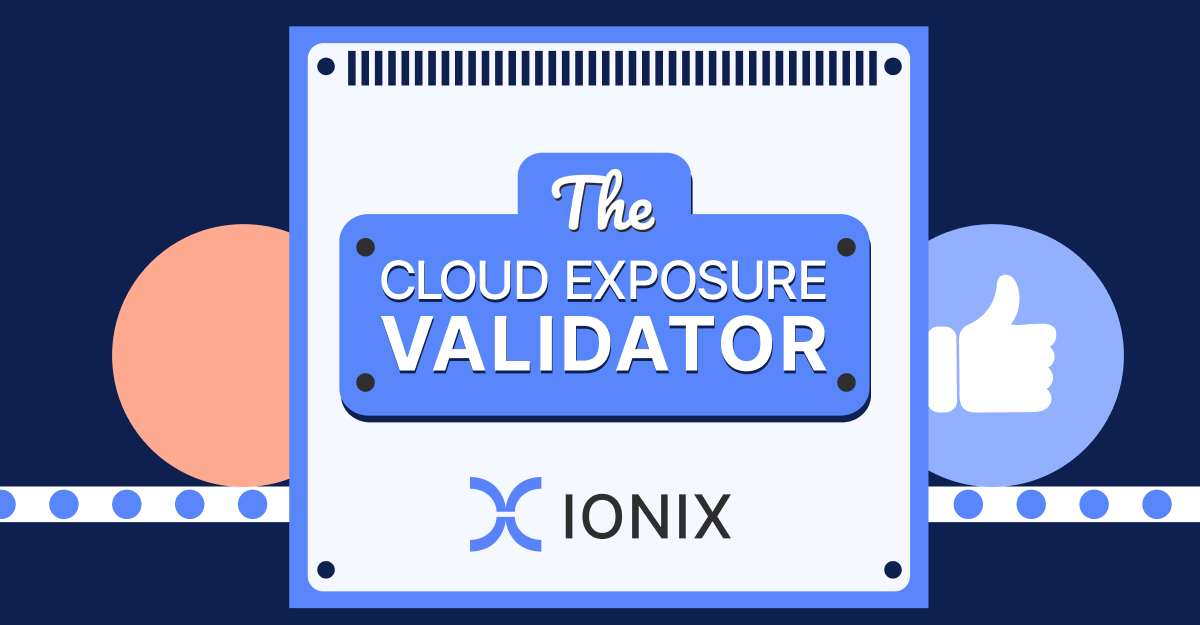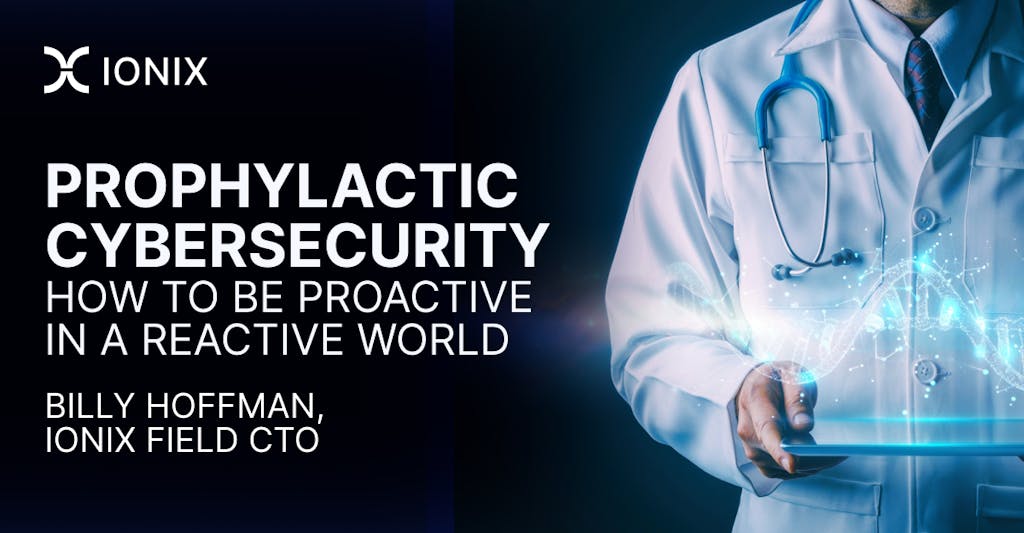Vulnerability Management LifeCycle Step by Step

Vulnerability management isn’t a “one and done” process but a continual exercise with a circular lifecycle. Remediating vulnerabilities across an environment is a huge undertaking, but then you also need to manage any newly identified ones, prioritize them, and mitigate any ongoing attacks. The vulnerability management lifecycle has its own frameworks, lifecycle stages, and planning. If you need a better understanding of the right best practices for cybersecurity as it relates to risk based vulnerability management, we’ll go over the tools and steps you need to get started.
In this article
Definition of Vulnerability Management
Cybersecurity vulnerabilities are often very complex, but vulnerability management (VM) helps organizations identify, review, remediate, and document security vulnerabilities. VM is a component in your cybersecurity planning and mitigation strategies, but it isn’t a complete picture of your cybersecurity posture. Your vulnerability management plan should mitigate risks before they become exploited into a full security incident, but you also need incident response in case of a data breach.
Challenges in Vulnerability Management
Most challenges in vulnerability management involve complexities of threat exposure targeting your infrastructure and the individual configurations and architecture for your particular environment. A common threat might require a specific configuration to stop it from exploiting a vulnerability, but your production environment might be working based on a specific configuration. For example, you might have a misconfiguration on an S3 cloud bucket allowing unauthorized access to files, but you have internal applications using the S3 bucket for file downloads. Changing configurations might affect your internal application, so remediating the vulnerability could cause downtime.
Every organization should have a patch management plan, but patching can have its own set of problems. When developers release a security patch, the developer’s software should be patched as soon as possible, but administrators must test the update prior to deploying it to the production environment. Testing patches slows down deployment, but it’s necessary to avoid interrupting production.
Since the vulnerability management process has a continual lifecycle, most organizations don’t have the staff to perform day-to-day activities. Without the staff, it can be difficult for an organization to be accurate with its vulnerability assessment. Few false positives and false negatives are critical for your vulnerability management to avoid leaving you with a false sense of security.
Another challenge is building scanners to find vulnerabilities across a unique network environment. Scanning involves four stages:
- Scan network-accessible systems by pinging them or sending TCP/UDP packets for probing.
- Identify open ports and services running on scanned systems.
- Attempt remote authentication on accessible systems to gather information on them.
- Correlate gathered information on each system with known vulnerabilities.
It’s important to note that the way scans run on your network environment is similar to the way an attacker would scan and probe a vulnerable environment. Probing the network using automated scanning is an effective way to find vulnerabilities like an attacker, so you can find them before attackers.
Perhaps the biggest challenge in vulnerability management is the ‘coverage gap’. Most VM solutions require security practitioners to identify “where to look” for assets. But with 70 percent of companies reporting attacks that started with unknown or unmanaged assets, it’s clear that VM solutions have major coverage gaps.
Steps in Vulnerability Management Lifecycle
The circular nature of vulnerability management has a lifecycle where you start with an identified risk, remediate it, and return to scanning for newly identified vulnerabilities. You can’t ever stop with remediation, or you leave your environment open to new risks. The lifecycle steps are:
- Asset inventory and discovery: Every network component must be considered in risk assessment including hardware, software, network devices, and user endpoints (e.g., laptops or desktops).
- Vulnerability and risk assessment: Risk assessment is a huge undertaking, so it often requires professionals. You must be accurate when you assess your environment to avoid leaving a vulnerability active. A few questions that should be answered when assessing risk:
-Is this vulnerability a true or false positive?
-Could someone directly exploit this vulnerability from the Internet?
-How difficult is it to exploit this vulnerability?
-Is there known, published exploit code for this vulnerability?
-What would be the impact to the business if this vulnerability were exploited?
-Are there any other security controls in place that reduce the likelihood and/or impact of this vulnerability being exploited?
-How old is the vulnerability/how long has it been on the network?
- Risk prioritization: Organizations need to tackle the most critical vulnerabilities on the most important assets first and then systematically remediate others as prioritization importance drops. Prioritizing risks lets you know which ones must be remediated first.
- Patch management and remediation: Remediation of vulnerabilities can sometimes be done quickly with a quick software update or configuration change, but some remediation efforts take time and collaboration. This step can also take several weeks to complete.
- Remediation planning and verification: To make remediation more efficient in the future, the vulnerability and steps to remediate it should be documented. Documentation should include the vulnerability, the threat targeting the vulnerability, patching information (e.g., software version and developer), configuration changes, and deployment methods. Verification of remediation is also necessary to ensure that the remediation strategy was successful and effective.
- Continuous monitoring and improvements: Infrastructure should have monitoring deployed. Cloud providers have their own monitoring software, but agents are often used with logged events to monitor on-premises infrastructure. Monitoring applications will also alert administrators to potential vulnerabilities and risks of leaving them active.
- Reporting: Stakeholders often need to know what is vulnerability management and how budgets are used to remediate issues. Reporting tools can help administrators report their efforts to stakeholders and show success in finding cyber-risks and the cost savings after remediation.
Best Practices in Vulnerability Management
Cybersecurity efforts work the best when you follow best practices and a framework proven to be successful. Vulnerability management has its own set of best practices that you should follow:
- Regular vulnerability scans: As your environment changes, you have new infrastructure and configurations to validate. Regular vulnerability scans will find any new issues on your network.
- Patch management automation: Some vulnerabilities can be automatically detected and patched. Patch management automation improves the speed of remediation and can save your IT staff time and overhead.
- Risk-based prioritization: Prioritize risks and the assets they affect using severity factors. For example, a high-severity vulnerability on mission critical systems should be top priority and should be patched as soon as possible.
- Collaboration and communication: The entire vulnerability management lifecycle affects everyone within the organization, so it requires collaboration. For example, changes to configurations might affect a specific department and must be communicated to stakeholders to limit downtime and effects on staff productivity.
- Incident response preparedness: Should a vulnerability suffer from an exploit, incident response steps in and contains, eradicates, and documents the threat. Disaster recovery also steps in and recovers lost data. To make this step efficient, it’s common for organizations to have an incident response plan and regularly perform exercises to prepare staff.
Threat and Vulnerability Management
Threat intelligence is critical in today’s vulnerability management. Several organizations and cybersecurity researchers scour the dark web and other corners of the internet to find evidence of zero-day threats and new attack strategies. These events are fed into artificial intelligence models to help organizations know that new threats could exploit infrastructure. For example, when a new vulnerability is discovered in popular software, conversations in various locations on the dark web could be used to alert developers. Developers release security patches, and then organizations must deploy these patches to stop new threats.
Whether you engage security consultants for vulnerability management or use your own strategies, it’s critical that you incorporate threat intelligence. Threat intelligence keeps you ahead of zero-days and helps you patch infrastructure before attackers can exploit newly found vulnerabilities.
Moving into the Next Gen of Vulnerability Management
The cybersecurity landscape always evolves, so vulnerability management tools and strategies also evolve. Organizations also have numerous moving parts, so they must monitor potentially thousands of components in a global environment. Using the cloud is common to help manage large environments, but the main issue for current tools is that there is no supply-chain solution. Tools will only monitor and patch the vulnerabilities on assets you own.
Vulnerability management tools also need validation against exploitability and exposure for external tools. Organizations can work with risk management professionals to help reduce risks from third-party digital supply chain infrastructure (often SaaS or vendor-managed assets), but it requires manual evaluation and background checks. This is a long process that can lead to oversights.
The answer is to move towards continuous threat exposure management (CTEM), which dynamically shifts priorities based on the latest vulnerabilities and threats detected. Most organizations expand their attack surface either knowingly or unknowingly and must continue to monitor their environment. Attack surface management (ASM) strategies from IONIX can help your organization manage the attack surface from an external attacker’s perspective and help you manage risks that stem from your digital supply chain. IONIX’s strategies make your organization more resilient to security and prevent threats before attackers get to your exploitable assets.
To find out more about what IONIX can do for you, request a scan or book a demo.






